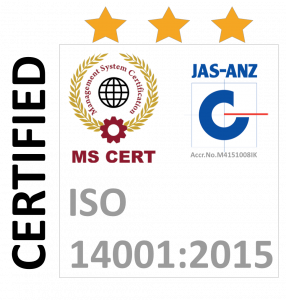MAGNETIC CALIBRATION SYSTEMS
The term magnetization is often used synonymously with the term magnetic saturation. When a product needs a specific magnetization level, or a field range less than saturation, then magnetic calibration is required.
Usually magnetic calibration is required:
- When a specified field range is necessary for the product to meet optimal performance characteristics (within a certain level of mechanical tolerance);
- To compensate magnetically for all possible mechanical tolerances;
- To stabilize the behavior of the magnet in order to prevent variation during operation (caused by external demagnetizing fields or thermal influences);
- To compensate for component variability due to materials and vendors.
A device, such as an electric motor or sensor, can experience irreversible losses of magnetization if during operation it is exposed to demagnetizing fields or thermal variations. Magnetic calibration is a procedure that is performed to fully enable the product’s ordinary functioning. Demagnetizing the product’s magnet or magnet assembly assures its stability when exposed to external influences.
Correct magnetic calibration is achieved by first magnetically saturating the product and then incrementally demagnetizing it until it reaches the specified level of magnetization. This is an automated process using a feedback control that measures the level at each degree of demagnetization and defines the next voltage level as a function of the difference between the target level and the actual level. This process is repeated until the specified target level is attained.
Magnetic calibration equipment that operates based upon its capacitor discharge units requires a high degree of accuracy when applying the charging voltage.



